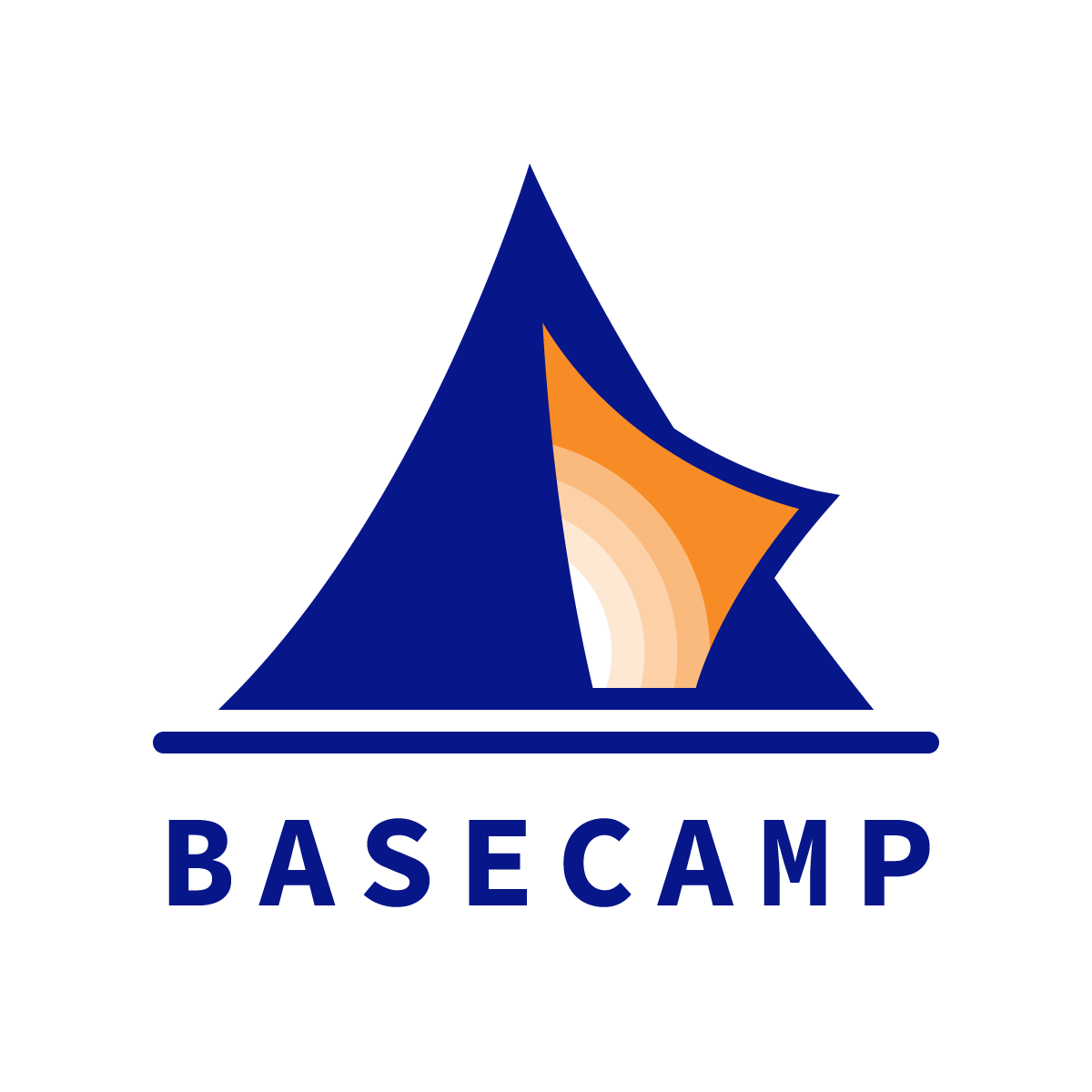Future of Learning Top Reads for week of Oct 26 2020
“Communicating School Value When Learning Is Online,” by Peter Gow, Sarah Hanawald, Liz Katz, and Brad Rathgeber, in Independent School Magazine
“The outer trappings of teaching and learning may have changed this fall, but the core of what independent schools do is still the same: create transformative growth for students. That means school leaders need to direct attention to schools’ essential work in spite of the change in modality. Parents and students must not only set aside their expectations about what ‘school’ looks like, but also understand and expect that ‘school’ itself will vary depending on the day, the campus, and the community. […]
“School leaders need to consistently articulate the specific ways in which their online learning components deliver on the value proposition of their schools throughout the school year. Large group video calls in which a teacher talks while a group of students listen ‘looks like’ the stereotypical school, which is part of the reason so many parents call for synchronous learning. School leaders need to explain that learning takes many forms; when students are deeply immersed in a teacher-designed activity, receive feedback from their teacher, and grow intellectually, that’s teaching, whether or not the teacher and student are in ‘class’ together.”
Why does this matter to the future of learning?
I love that this essay starts and ends with a focus on mission. If your “why” isn’t the golden thread that holds together the entire community, down to the way Zoom classrooms work, then you’ve got some work to do.
The authors also offer these important suggestions:
“Don’t wait for a final product to communicate your process.”
“Affirm that the primary focus is always on the safety and well-being of the community.”
“In describing the academic program for the fall, start with mission and values.”
“Keep relationships at the center of learning on and off campus.”
“Explain, and then live, your school’s commitment to equity in your hybrid program.”
“When explaining what learning looks like, bring parents into the ‘why’ and ‘how’ of your work.”
Virtual learning will be here to stay in some shape and form, even after we return to being on campus full time. Best to practice these lessons now.
***
“Will 2020 Be a ‘Lost Year’ for Students?” by Goldie Blumenstyk, in The Edge Blog of The Chronical of Higher Education
“Colleges should be continually tinkering with at least a quarter of the curriculum, Soares said, not for the sake of change, but as ‘intentional experimentation’ to ensure that the subject matter and teaching techniques are still relevant. That’s smart: It’s less about the ‘what,’ and more about having an adaptable mind-set.”
Why does this matter to the future of learning?
What percentage of the curriculum is your school experimenting with on a regular basis?
What got you here won’t get you there…
…speaking of curriculum…
***
”Classrooms as Sacred Space,” by on the IN:SIGHT blog at the U. Denver Morgridge College of Education
“One of the early stages of sacred space formation is shifting power dynamics away from the dichotomy of me and you (teacher/student) and towards an overt recognition of being in relationship to something greater than either of us. The separation of individual selves becomes unified—not homogenized—around a shared experience of awe, exploration, and reverence. It is an easy leap to envision curriculum as something greater than both the student and teacher, therefore worthy of a kind of relationship characterized by reverence, awe, and mysticism. Parker Palmer invites educators to ask, what is this ‘great thing’ in the curriculum toward which we are willing to dedicate our life-energy in the service of understanding; even while knowing that our knowledge will always be tentative and transient? […]
“Curriculum is no longer static knowledge to be mastered. Instead it becomes a doorway to newness—a passage that has always been present—but now students and teacher alike have the refined ability to see the doorway. What was once illusive and perceived as separate from the learning space is now transparent and available to all.”
Why does this matter to the future of learning?
Curriculum is not merely content and skills.
At its best, curriculum is a catalyst for transformation. And if that’s not what you’re aiming at in educating people… what are you after?
***
Thank you for reading this post from Basecamp's blog, Ed:Future. Do you know someone who would find the Ed:Future blog worthwhile reading? Please let them know that they can subscribe here.

